
HikoTerra, a leader in mobile integrated power solutions, officially ushered in the next generation of marine power with the introduction of the H4 Hybrid Power System. The H4 product line is designed as a battery-first system flexible enough to deliver a home-like user experience.
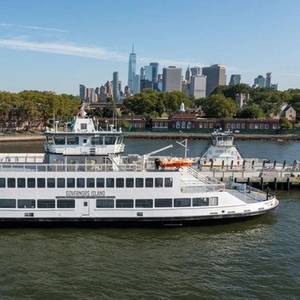
Elliott Bay Design Group (EBDG) Designs New York’s First Hybrid-Electric FerryWatch the full interview with David Turner, Projects Manager, Elliott Bay Design Group, on the technical highlights of the HARBOR CHARGER on Maritime Reporter TV:On August 12, 2025, The Trust for Governors Island unveiled the HARBOR CHARGER, New York State’s first hybrid-electric passenger vehicle ferry.
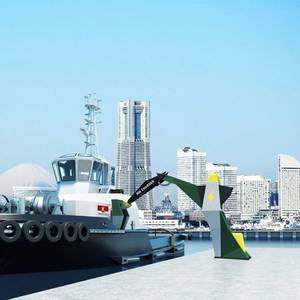
Tokyo Kisen Co., Ltd. and Marindows Inc. launched Japan’s first pure battery-powered EV harbor tugboat development project.This EV harbor tugboat will be operated in the ports of Yokohama and Kawasaki.In January 2023, Tokyo Kisen put into service “TAIGA” which was the Japan’s first series-hybrid electric-powered tugboat equipped with a large-capacity 2,486 kWh battery.
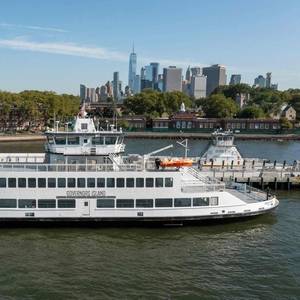
The Trust for Governors Island unveiled its new hybrid-electric ferry, the Harbor Charger, the first of its kind in New York State and aa addition to the Trust’s existing ferry fleet. The arrival of the new boat coincides with the 20-year anniversary of Governors Island opening to the public
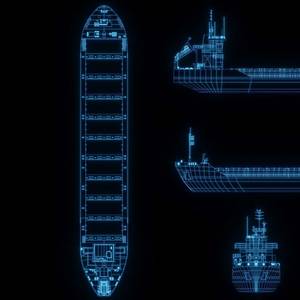
Ships are designed to operate for decades—often up to 50 years or more. While routine repairs and sometimes major retrofits are expected throughout that lifespan, these vessels must be engineered from the start with longevity in mind. As the maritime industry pushes for greener, low-emission technologies
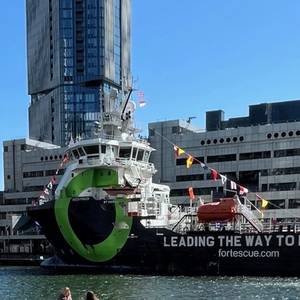
Fortescue’s Green Pioneer, billed as the world’s first ammonia dual-powered vessel, left Singapore in January of this year on voyage past the Cape of Good Hope en route initially to Southampton, both for Port State Control and to demonstrate the use of ammonia in its engines to the UK’s Maritime and Coastguard Agency (MCA), and then on to London’s Canary Wharf where is stayed through mid-April
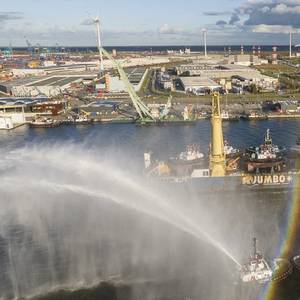
Damen Shipyards has delivered six RSD Tugs 2513 to the Port of Antwerp-Bruges in Belgium, including the first fully electric tug that will operate in a European port.The delivery consists of five RSD Tugs 2513 and one RSD-E Tug 2513.With its fully electric propulsion, the RSD-E Tug 2513 paves the way to zero emission operations.
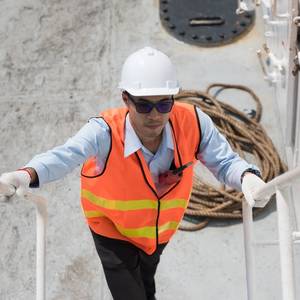
The US Coast Guard’s Office of Commercial Vessel Compliance has released the U.S. Port State Control Annual Report for 2024 noting a decrease in detention rate due to fire safety issues.The annual detention rate decreased from 1.22 to 0.94%.Fire Safety: For the fourth straight year fire safety deficiencies lead all deficiency categories.
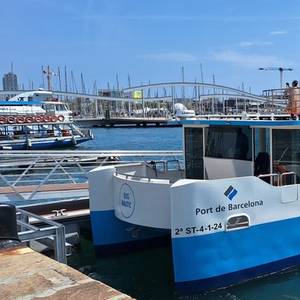
The Port of Barcelona's newest all-electric commuter ferry, the Ecocat Tres, has been delivered with an electric propulsion system by Molabo.Built by Metaltec Naval, the 15-meter aluminum catamaran transports 84 people and features a rooftop deck for additional seating. The vessel operates at least 12 hours per day, running every 15 to 30 minutes for a 10-minute journey between stops.
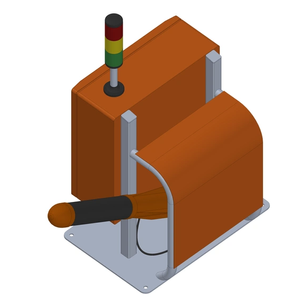
Pneumatic Line Thrower (PLT®) specialist Restech is offering service operation vessel (SOV) owners in the wind industry a preview of a new system developed to satisfy rising demands for flexibility in towing and mooring operations.A scale model of an innovative Remote Launcher TI will be on display on the VIKING Life-Saving Equipment stand (EC-40) at WindEurope 2025

U.S. President Donald Trump's trade tariffs on Canadian and Mexican oil imports will offer European and Asian refineries a competitive advantage against their U.S. rivals, analysts and market participants told Reuters.Trump on Saturday ordered 25% tariffs on Canadian and Mexican imports and 10% on goods from China starting on Tuesday to address a national emergency over fentanyl and illegal